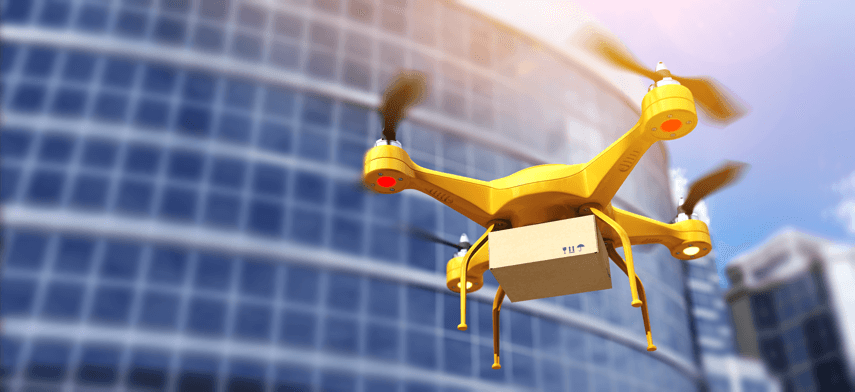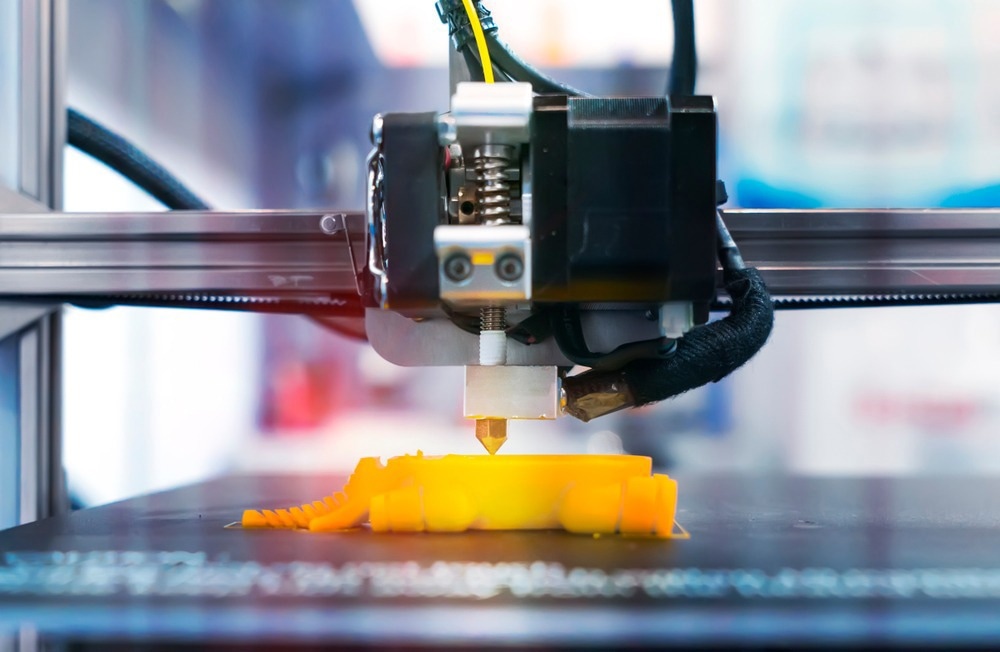
Navigating Drone Delivery Regulations: A Comprehensive Overview
The integration of drones into delivery services has the potential to revolutionize logistics. However, this transformative technology comes with its own set of challenges and regulatory considerations. This article explores the intricate landscape of drone delivery regulations, shedding light on the current state and future prospects of this innovative approach.
Evolution of Drone Delivery Technology:
Drone delivery has evolved from a concept to a tangible reality, with major companies testing and implementing drone delivery services. The promise of faster, more efficient deliveries has prompted a surge in interest and investment in drone technology. However, the regulatory environment is playing catch-up with the rapid pace of technological advancements.
Safety Concerns and Airspace Management:
One of the primary challenges in drone delivery is ensuring safety in shared airspace. Regulatory bodies are tasked with developing frameworks that prevent collisions and ensure the safe integration of drones with traditional air traffic. Effective airspace management is crucial to avoid accidents and maintain public confidence in drone delivery services.
National and International Regulations:
Drone delivery regulations vary significantly between countries. National aviation authorities establish rules governing drone operations, including weight limits, altitude restrictions, and requirements for remote pilot certifications. As the drone delivery landscape is inherently global, international collaboration is crucial to harmonize regulations and facilitate cross-border operations.
Privacy and Data Security:
The use of drones for delivery raises privacy concerns, as these devices may capture images or collect data during their operations. Regulatory frameworks must address these concerns, defining the limits of surveillance and ensuring that personal privacy is protected. Additionally, data security measures are essential to prevent unauthorized access to sensitive information collected by drones.
Remote Identification and Tracking:
To enhance accountability and security, regulatory bodies are exploring the implementation of remote identification and tracking systems for drones. These technologies allow authorities to monitor drone movements, identify operators, and respond swiftly to any unauthorized or suspicious activities. Integrating such systems is a crucial aspect of effective drone delivery regulations.
Environmental Impact and Sustainability:
While drone delivery offers efficiency gains, its environmental impact must be considered. Regulatory frameworks should encourage sustainable practices, such as optimizing flight paths to minimize energy consumption and exploring eco-friendly drone designs. Striking a balance between innovation and environmental responsibility is essential for long-term success.
Community Engagement and Acceptance:
The successful implementation of drone delivery depends on community acceptance. Regulatory bodies should actively engage with communities to address concerns, educate the public on the benefits of drone delivery, and build trust. Open communication channels contribute to a more informed public and foster collaboration in shaping responsible regulations.
Insurance and Liability:
As drone delivery services become more widespread, the need for insurance and liability frameworks becomes apparent. Regulations must clarify the responsibilities of operators in case of accidents or damage caused by drones. Establishing insurance requirements and liability standards ensures that the industry operates with accountability and safeguards against potential risks.
Beyond Line-of-Sight Operations:
Current drone delivery regulations often require operators to maintain visual line-of-sight with the drone during its flight. However, advancements in technology are pushing for regulations that allow beyond line-of-sight operations. Overcoming this regulatory hurdle opens up possibilities for more extensive and efficient drone delivery networks.
Future Developments and Adaptability:
As technology evolves and the drone delivery landscape matures, regulations must adapt accordingly. Regulatory bodies should foster an environment that encourages innovation while maintaining safety and accountability. Continuous dialogue between stakeholders ensures that regulations keep pace with advancements, fostering a dynamic and responsive regulatory framework.
In conclusion, navigating drone delivery regulations is a multifaceted challenge that requires collaboration between industry players, regulatory bodies, and the public. Striking the right balance between innovation and safety is essential for unlocking the full potential of drone delivery services. For more insights into this evolving landscape, visit Drone delivery regulations.



